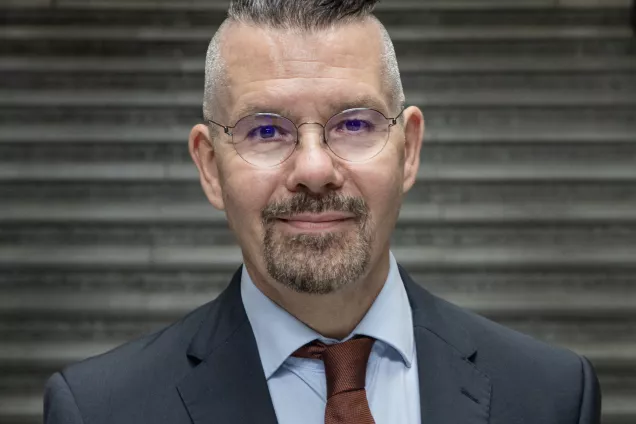Singapore is a strategically important country for Lund University and has been identified as such in the University’s work on Global Dynamic Engagement (GDE). The Singaporean universities are all ranked among the international leaders and have successfully adapted using a systematic approach over the past 25 years.
AI was the theme of a panel discussion that focused on how AI affects companies, public sector organisations, higher education and research. AI seems with some justification to be regarded as “stupid” or “nothing new”, but will nonetheless affect everything we do. Personally, I prefer the term co-intelligence as a more intuitive description of how we should relate to the phenomenon.
The dominant trend in research is applications within a range of areas such as finance, healthcare and transport, and as a research tool. As expected, there is an incredible amount happening in this area at Lund University. It is wise to be tolerant about chaos and at the same time be alert for when the time is right for further structuring that facilitates the spread of methods and ideas. The AI Lund network has been in existence for almost a decade and the profile area Natural and artificial cognition was established in 2022. Both have made enormous efforts to promote research and education in the area. Is it perhaps soon the right time to further strengthen the environment in this area? Not least, this would consolidate the initiatives that the Wallenberg Foundations have enabled in, among other things, the humanities, law, social sciences, life sciences and engineering sciences.
AI has many potential benefits for higher education, perhaps most prominently the opportunities for individualised learning to an extent that the University has never been close to. Such an aim requires a broad approach – something that Lund University is now taking. This will start to become very apparent in 2025.
I am also very pleased about the visit to CREATE. Within CREATE, some of the top universities such as Berkeley and Imperial College collaborate on leading-edge research, both with each other and especially with Singaporean universities. It is also a hub for companies and start-ups for joint innovation with academia. One area that the University has its eye on is AI for Science and there are also considerable opportunities to develop collaborations for AI and healthcare.
During the trip last year, I signed on behalf of Lund University a student exchange agreement with Singapore Management University (SMU). This time, I signed an agreement for closer cooperation between Lund University and Nanyang Technical University (NTU) – in the exceptionally prominent presence of the King of Sweden and the Singaporean prime minister.
Lund University currently has four collaborations in Singapore, but there will be more. The trip was extremely heartening and inspiring, and generated many new ideas not only for bilateral arrangements but also trilateral collaborations – one such example is Lund University’s collaboration with Nanyang in Singapore and Imperial College London. Seeking out trilateral collaborations is the path we need to choose to take us into Singapore – we are not the only university in the world that is targeting this dynamic environment. There is fierce competition.
/ Erik Renström, Vice-Chancellor



